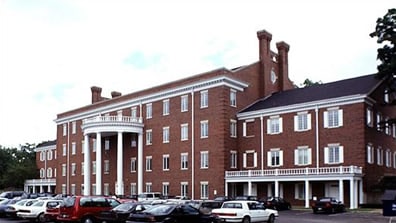What Is Lumber Spinal Stenosis?
Lumbar spinal stenosis is a disorder in which the spinal canal narrows, compressing the spinal cord or nerve roots. Spinal stenosis is caused by deterioration of the spine, which causes the facet joints to swell and put pressure on the roots of the nerves. Those most commonly affected are people who are over the age of 60.
Many cases of spinal stenosis impact the lumbar region of the spine, with the majority affecting the sciatic nerve, which runs down the back of the leg. Standing upright reduces the area available for nerve roots and can obstruct blood flow from surrounding the nerve. Congested blood then irritates the nerve, causing discomfort to spread to the legs.
Symptoms
Lumbar spinal stenosis compression can cause the following symptoms, which may extend into the buttocks and legs:
Pain
Tingling
Numbness
Weakness (although rarely)
These symptoms often develop gradually over several years (though they might arise suddenly), are intermittent rather than continuous, occur during specific activities and positions, and are eased by rest or any bent forward position. The most typical symptom of lumbar spinal stenosis is leg pain while walking, which can only be eased by sitting and resting. (not simply by stopping walking).
The more time a patient with spinal stenosis stands or walks, the greater the leg discomfort becomes. Opening up the spinal canal is done by flexing forward and sitting. This reduces leg pain and other symptoms, but they return once the patient returns to an upright position. The pain may be accompanied by numbness and tingling. Weakness is a very uncommon sign of spinal stenosis.

Diagnosis
The nerve compression caused by spinal stenosis varies based on the patient’s activity or position. (standing, sitting, walking). Stenosis cannot be determined by just having a physical exam.
In order to diagnose lumbar spinal stenosis, a magnetic resonance imaging (MRI) scan or a computed tomography (CT) scan with a myelogram can be used. In some cases, both are done. A non-enhanced CT scan (without a myelogram) is ineffective in identifying this disorder.
A single developing nerve can be affected by spinal stenosis at two or three levels. If surgery is planned, an anatomical and clinical investigation is required to ensure that one surgical operation addresses all relevant components of spinal stenosis. Visit the Pain & Spine Institute now for an evaluation!



